HomeReviewsKunitsu-Gami: Path of the Goddess
Kunitsu-Gami: Path Of The Goddess review: a totally fine take on tower defenceI prefer Bloons
I prefer Bloons
Image credit:Rock Paper Shotgun/Capcom
Image credit:Rock Paper Shotgun/Capcom
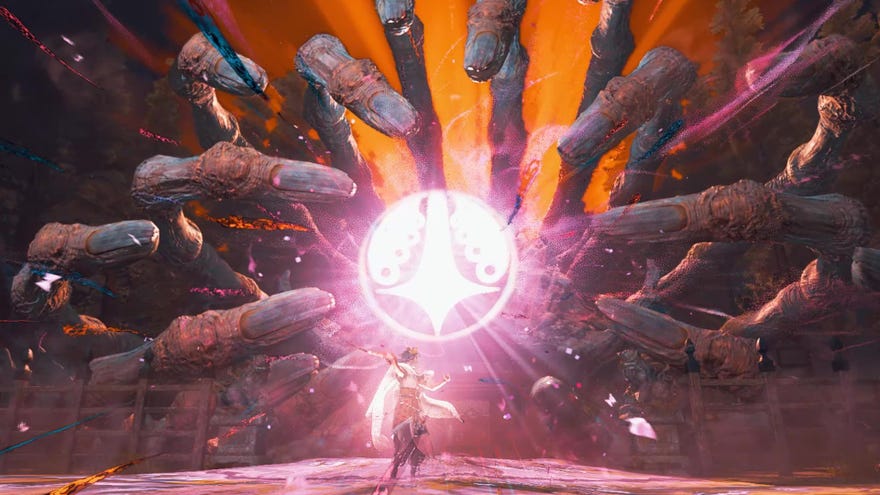
Image credit:Rock Paper Shotgun/Capcom
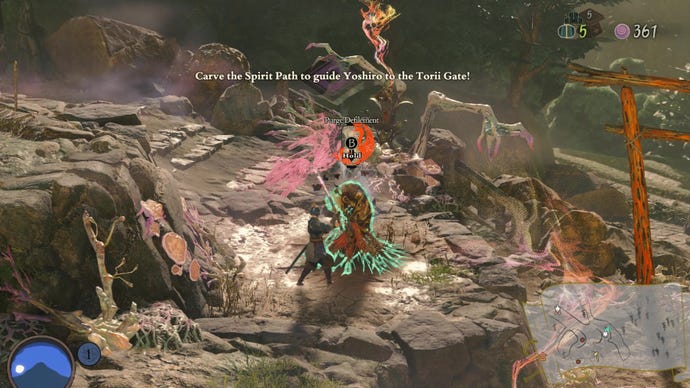
Tower defence style missions have an equally simple setup, often plopping Yoshiro on one end of the map, before tasking you with leading her safely to the Torii gate at the other end so she can dispel it. There are, of course, a couple of catches. The gates spill demons at night and Yoshiro moves at tumbleweed pace, so you can’t just hold her hand and walk her over to each gate while it’s light out. Instead, you’ll use up special orbs to carve out a path for her to follow in her own time, and that almost always means you’ll be waiting multiple day/night cycles for her to complete her pissing pilgrimage.
Image credit:Rock Paper Shotgun/Capcom
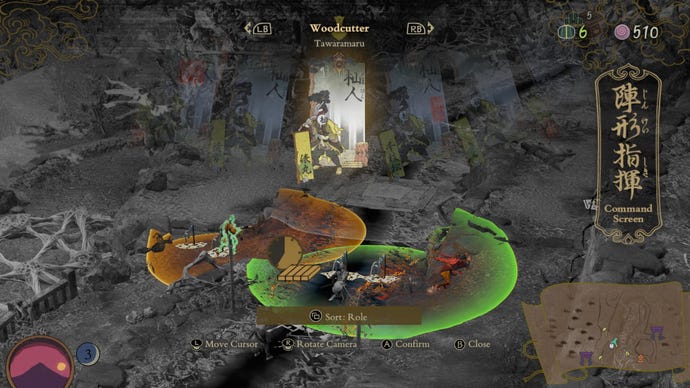
What is that joy? The joy of being a manager sat in a drone floating above the map, plopping some folks down and watching idly as they rinse the hordes. The joy, ultimately, of not really doing anything at all. With Kunitsu, you play a micromanager who constantly cleans up after a workforce who’s designed to do their job suboptimally. Rather than find it exciting to back up my pals, I honestly find it a bit exhausting.
Image credit:Rock Paper Shotgun/Capcom
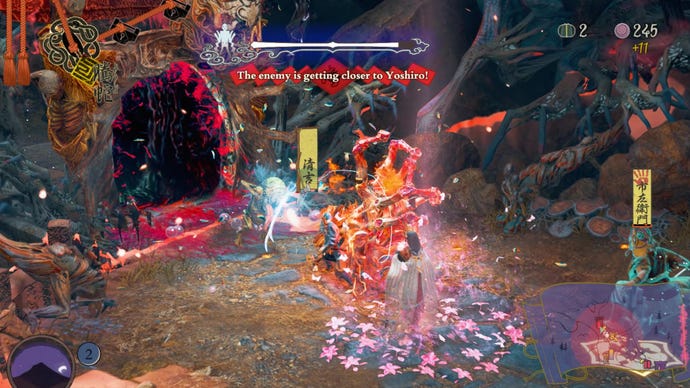
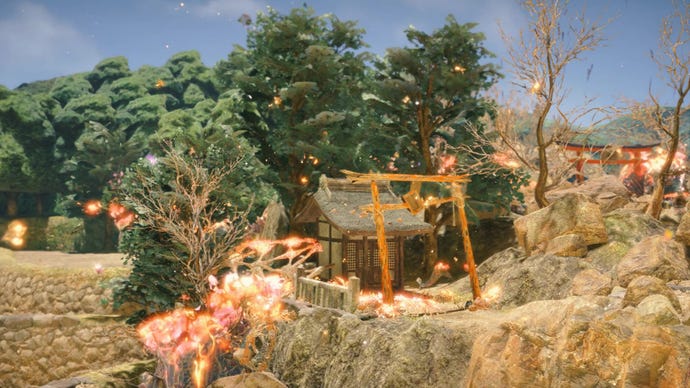
Occasionally the missions switch it up entirely, which is good! One time you’ve got several boats to defend as you float across a lake, while another time you’ve got some drums to bash, sending out area-of-effect spells with your beats. Ironically, though, the most fun I ever had was when the game transformed me into a spirit, who could only collect orbs and deposit them at Yoshiro - and who needed freeing from a demonic headcrab. The game finally let me command more minions and elevated them into a position of authority, pinning the responsibility on their performance rather than mine.
Boss fights let you unlock new types of pal, with the boss fights themselves against menacing demons with wonderfully horrible designs, like flailing centipedes and tormented buddhas who use prayer beads like knuckle dusters. Early fights are a bit repetitive, but that repetitiveness is shaken off later on for smart (if occasionally infuriating) scenarios that force you to split focus between boss-hitting and Yoshiro-aiding.
While it’s grand unlocking new minions, like shamans who heal or spear-wielders who sweep or ascetics who summon zones that slow enemies, I can’t help but feel they’re all a bit… eh. Enemy variety does force you into using different archetypes, and map layouts may change too, so you can’t go without experimentation. Yet their upgrades are a bit uninspiring (more health, more damage, a couple of better moves), which makes your investments feel more like you’ve poured your hard-earned cash into a Souls stat-sheet than I’d like.
Image credit:Rock Paper Shotgun/Capcom
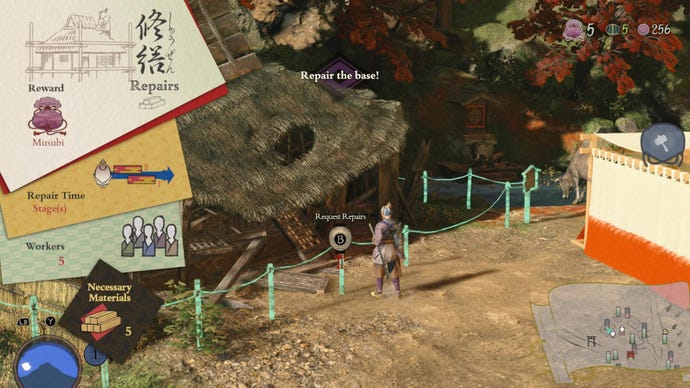
What do you get when you finally repair a base? No interactions with the villagers, no little “Cheers mate” from Yoshiro, nothing but a little more currency. At least Nick Knowles got to chat with the builders and families after doing up their houses.
I do think it’s great that Capcom have released a weird, sometimes wonderful tower defence/ action RPG hybrid with such strong early-millennium vibes. And I think some will find its micromanagement more compelling than I did, with base repairs and the gradual power climb forming an easy way to spend an evening with an average-to-good video game. And yet, I also think many will find its take on tower defence only half-delivers. It might be full of distinct elements that often work together, be they base-building or hack ‘n’ slashing, but as a whole, it falls into a repetitive rhythm that struggles to capture the joys and thrills of much simpler tower defence games.